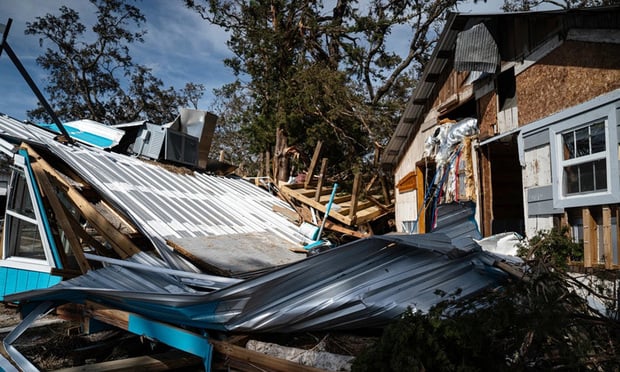A survey by The Hartford of Superstorm Sandy victims finds that small businesses took an average of seven days to reopen primarily because of connectivity and power issues, and that few had business interruption (BI) insurance to cover their losses.
The carrier's survey of 451 New York Tri-State area business owners impacted by the Oct. 29 catastrophe found the vast majority—74 percent—had to close their doors for a period of time. Seventy-one percent experienced power outages and 11 percent said their buildings suffered structural damage. Fifty-two percent said they experienced loss of sales or revenues and 36 percent called the overall impact on their businesses “significant.”
The hardest-hit state was New York, with business closures at 81 percent compared to 78 percent in New Jersey and 64 percent in Connecticut.
Ray Sprague, senior vice president of the Small Commercial insurance segment for the Hartford, Conn.-based insurer, says the loss of cell phone and Internet connectivity had a major impact on small businesses because they were unable to contact customers or employees in order to keep their businesses open. Businesses that made advance preparations, such as having emergency communication systems in place and the 25 percent of those surveyed who said they created backup copies of critical data and programs, were in a better position to reopen after the event.
Additionally, 20 percent of those surveyed said they prepared emergency survival kits and the same number protected their buildings by boarding up storefronts or taking similar measures to protect their property.
Only a third of those small businesses surveyed had BI coverage, which covers business closures due to fire, water damage or theft. However, only 10 percent had off-premises utility-interruption protection covering power outage, a typical endorsement to standard BI policies. “That was really the need [during] Sandy, and it was a surprise to us because of the product we provide in our Spectrum Businessowners policy,” said Sprague. “We have extensive penetration in our customer base for off-premises power interruption, and that was a big part of our loss in the event.”
Sprague said that while speaking with small business owners at a panel discussion on sponsored by the Greater New York Chamber of Commerce on March 19, he learned some small-business owners expressed dissatisfaction with their coverage, and was surprised that they were not considering reviewing their insurance programs. That, he says, demonstrates a need for customers discuss options and business continuity plans with agents.
Over the long term, businesses financially impacted by Sandy said they will need to make financial adjustments: Thirty-five percent of survey respondents will re-evaluate their business strategy. Thirty-two percent will cut costs, and 25 percent will either scale back or stop hiring new employees.
Want to continue reading?
Become a Free PropertyCasualty360 Digital Reader
Your access to unlimited PropertyCasualty360 content isn’t changing.
Once you are an ALM digital member, you’ll receive:
- Breaking insurance news and analysis, on-site and via our newsletters and custom alerts
- Weekly Insurance Speak podcast featuring exclusive interviews with industry leaders
- Educational webcasts, white papers, and ebooks from industry thought leaders
- Critical converage of the employee benefits and financial advisory markets on our other ALM sites, BenefitsPRO and ThinkAdvisor
Already have an account? Sign In Now
© 2024 ALM Global, LLC, All Rights Reserved. Request academic re-use from www.copyright.com. All other uses, submit a request to [email protected]. For more information visit Asset & Logo Licensing.








